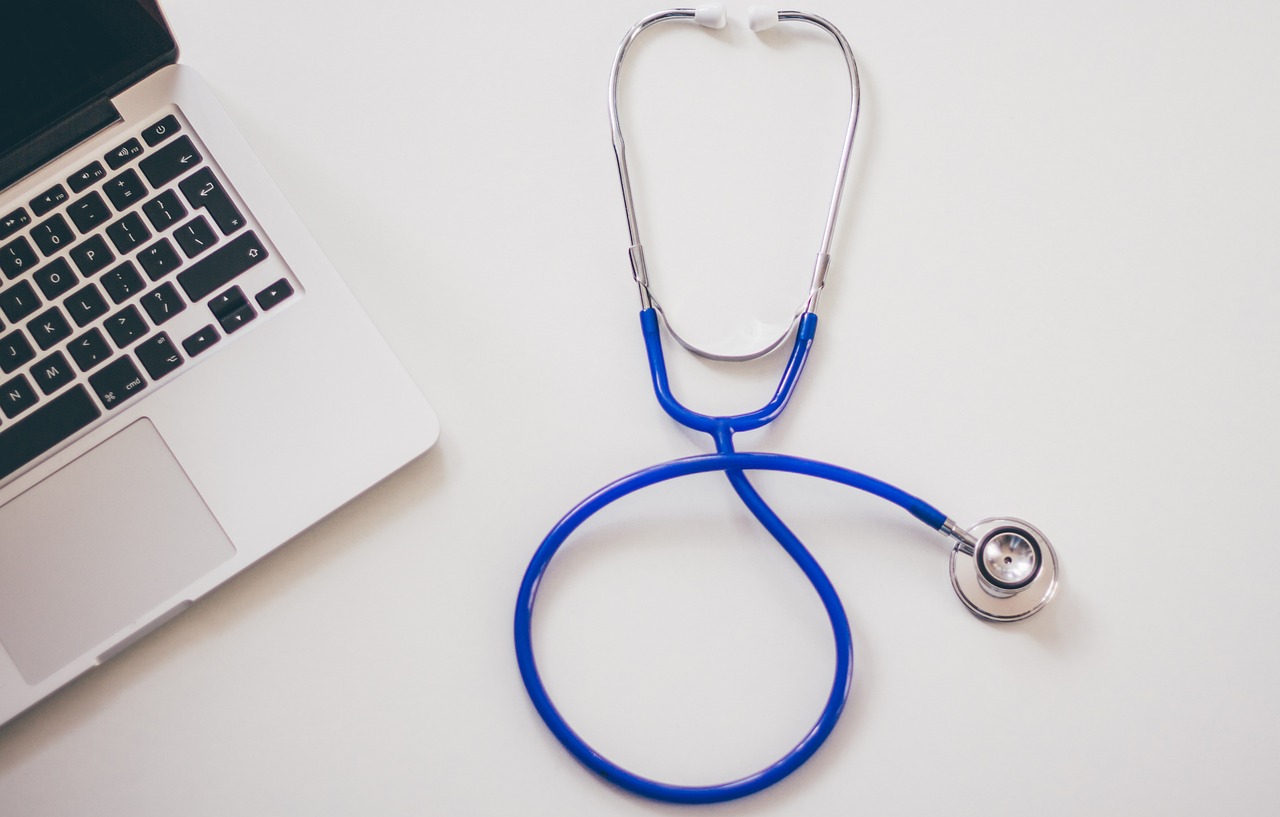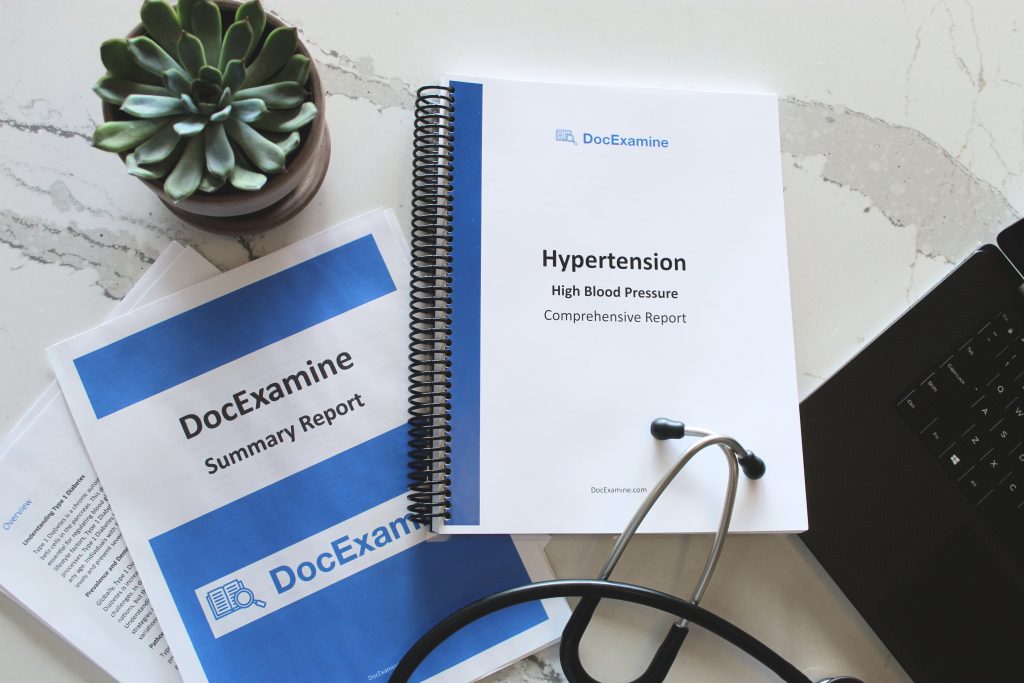
The terms “hypertension” and “high blood pressure” are often used interchangeably, but what do they really mean—and why does it matter? In this post, we’ll clarify the terminology, explain how these terms are used in both clinical and everyday language, and help you understand when to seek medical help.
Understanding the Terms
High Blood Pressure
“High blood pressure” refers to the actual measurement you get when your blood pressure is elevated. Blood pressure is recorded with two numbers:
- Systolic Pressure: The top number, which measures the force when your heart beats.
- Diastolic Pressure: The bottom number, which measures the pressure when your heart rests between beats.
A “normal” reading for most adults is around 120/80 mmHg, while consistently higher numbers may indicate that your blood pressure is elevated. These measurements are what you see at your doctor’s office or on a home monitor.
Hypertension
“Hypertension” is the medical term for the condition of having persistently high blood pressure. It is diagnosed when repeated measurements confirm that your blood pressure remains above the normal range. For instance, according to guidelines from the American Heart Association, hypertension is often defined as a systolic pressure of 130 mmHg or higher, or a diastolic pressure of 80 mmHg or higher when measured consistently over time.
In simple terms, while “high blood pressure” describes the state of your blood pressure at a given time, “hypertension” is the chronic condition diagnosed when high readings persist over multiple measurements.
Why the Confusion?
Interchangeability in Everyday Language
In daily conversation, you might hear someone say they have “high blood pressure” or that they’ve been “diagnosed with hypertension.” Both phrases essentially refer to the same condition. In a clinical setting, however, healthcare providers rely on a series of readings taken over several days or weeks to diagnose hypertension accurately.
The Importance of Precision
Although the two terms refer to the same health issue, precision matters when it comes to treatment. For example, an isolated high reading (perhaps due to temporary stress or the “white coat effect” seen in clinics) doesn’t necessarily mean you have hypertension. A formal diagnosis requires consistent readings that remain above normal ranges.
This distinction is crucial because the treatment for chronic hypertension often involves lifestyle changes and, if necessary, medications, whereas a one-time high reading might only prompt a recommendation to monitor your blood pressure further.
When to Seek Medical Help
Knowing when to consult a doctor about your blood pressure is essential:
- Routine Check-Ups: Even if you feel fine, regular blood pressure checks are key—hypertension is often asymptomatic. Organizations like the American Heart Association recommend regular monitoring, especially for adults over 40.
- Consistently Elevated Readings: If your readings are consistently 130/80 mmHg or above, it may be time to discuss hypertension with your healthcare provider. Persistent high readings can increase your risk of heart disease, stroke, and kidney problems.
- Symptoms of a Hypertensive Crisis: While hypertension usually doesn’t cause symptoms, extremely high blood pressure (such as readings above 180/120 mmHg) accompanied by symptoms like severe headaches, chest pain, or shortness of breath requires immediate medical attention.
- Changes in Health: If you’ve been diagnosed with hypertension and notice changes in your overall health—such as increased fatigue, vision changes, or difficulty breathing—seek medical advice. These changes may indicate that your current treatment plan needs adjustment.
How to Manage Your Blood Pressure
Whether you’re monitoring a one-time high reading or managing diagnosed hypertension, here are some general guidelines:
- Monitor Regularly: Keep a record of your blood pressure readings taken at home. Home monitoring can sometimes provide a more accurate picture than a single reading at the doctor’s office.
- Lifestyle Changes: A healthy diet (like the DASH diet), regular exercise, stress reduction, and limiting salt and alcohol intake can help lower blood pressure naturally.
- Medications: If lifestyle changes aren’t enough, your doctor may prescribe antihypertensive medications. It’s important to take your medications as prescribed and discuss any side effects with your healthcare provider.
Final Thoughts
In summary, “high blood pressure” is the term you might see on a blood pressure monitor, while “hypertension” is the diagnosis given when high readings persist over time. Being aware of the distinction—and knowing when to seek help—is vital for preventing complications and managing your health effectively.
By understanding your numbers and maintaining regular check-ups, you can take proactive steps to keep your blood pressure in check and safeguard your overall health.
Keep Reading
- Top Natural Remedies for High Blood Pressure: What Actually Works?

- Is High Blood Pressure Hereditary? Genetics vs. Lifestyle Factors

- Hypertension vs. High Blood Pressure: What’s the Difference?

Sources
WebMD, “Frequently Asked Questions About High Blood Pressure”
American College of Cardiology, “Frequently Asked Questions”


